
Conversation

Other Types of Landing Pages
It's incredibly easy to waste money on ads (either by losing it or not getting the most out of it).
Sending your ads to a generic landing page is a surefire way to do just that.
The same concept applies to all marketing channels and campaigns, but it's particularly painful when you're paying for the clicks.
Top startups use custom funnels and landing pages for their ads to drive higher conversion rates.
This tactic is saying two things:
- Don’t reuse existing ads with new landing pages. Create custom ad creatives for each funnel type to match the user journey.
- Don't reuse the same landing page for all your ads. Match the landing page to the ad copy and creative.
Example: An ad creative comparing your product to a competitor should send them to a page that compares them to that competitor—not your homepage or a product page.
Let's dive in.
#1. Interactive Calculators
Landing pages don't need to just do a hard sell. They can also be useful:
Offer a tool (e.g., ROI calculator, savings estimator) where users input data, see tailored outcomes, and are prompted to buy or sign up while using or after.
This is great for any company where the user has a complex question they're trying to answer that can be solved algorithmically. For example:
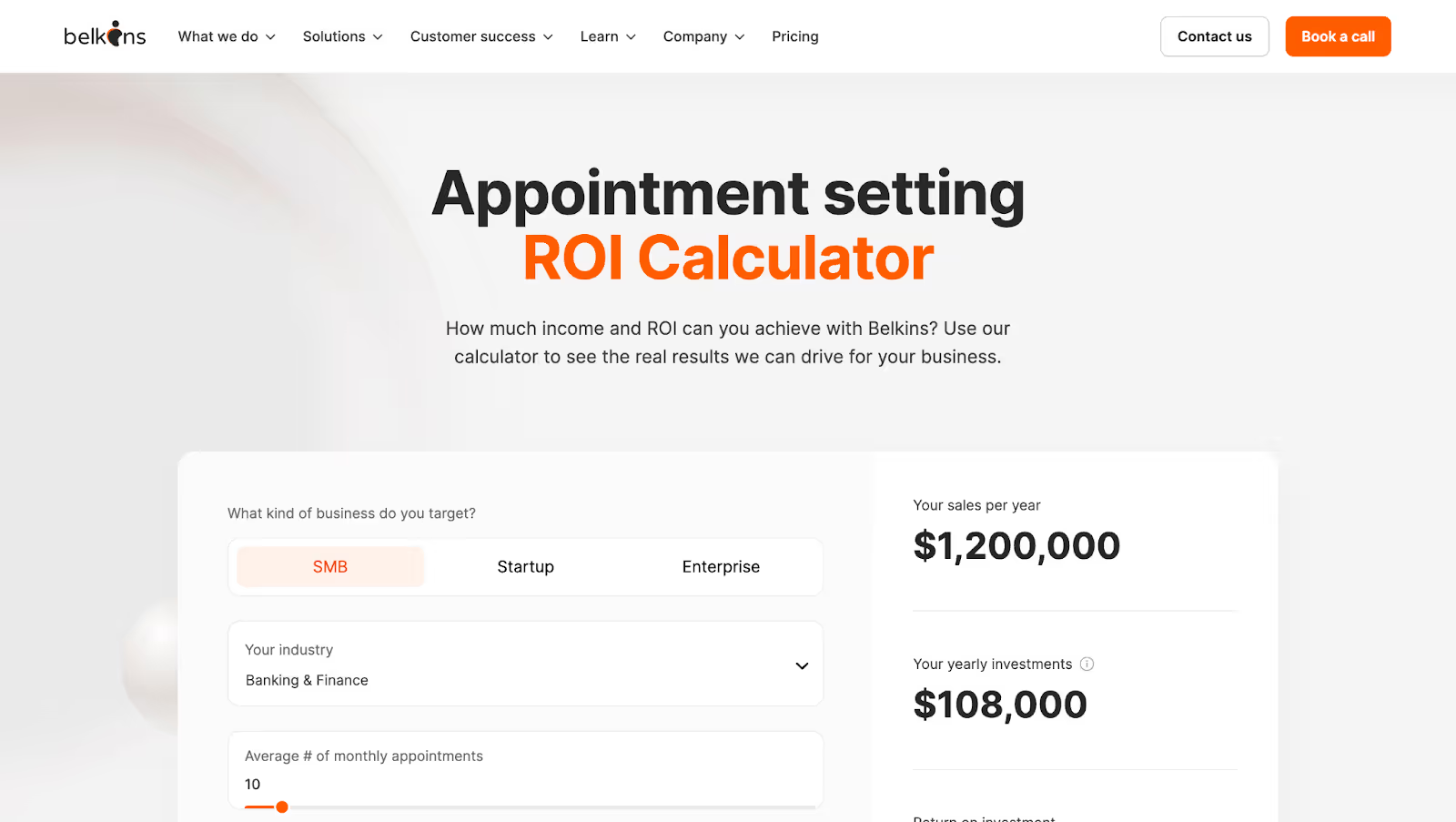
- Health/Fitness: Macros, BMI, protein needs, etc.
- Marketing: ad budget calculator, LTV calculator, growth calculator, etc.
- Finance: Rent or buy, mortgage, car loan, compound interest, etc
2. Competitor Comparison
If your ad directly calls out a competitor, send them to a page that directly compares and contrasts.
Webflow directly compares itself to Squarespace on a variety of metrics:

Note: If you're going to do that, make sure that you're honest and make your competitor win where it actually wins. If you win every single category, it becomes less believable.
Shopify does a great job showing all the reasons why people choose them over Woocommerce with this thorough landing page:
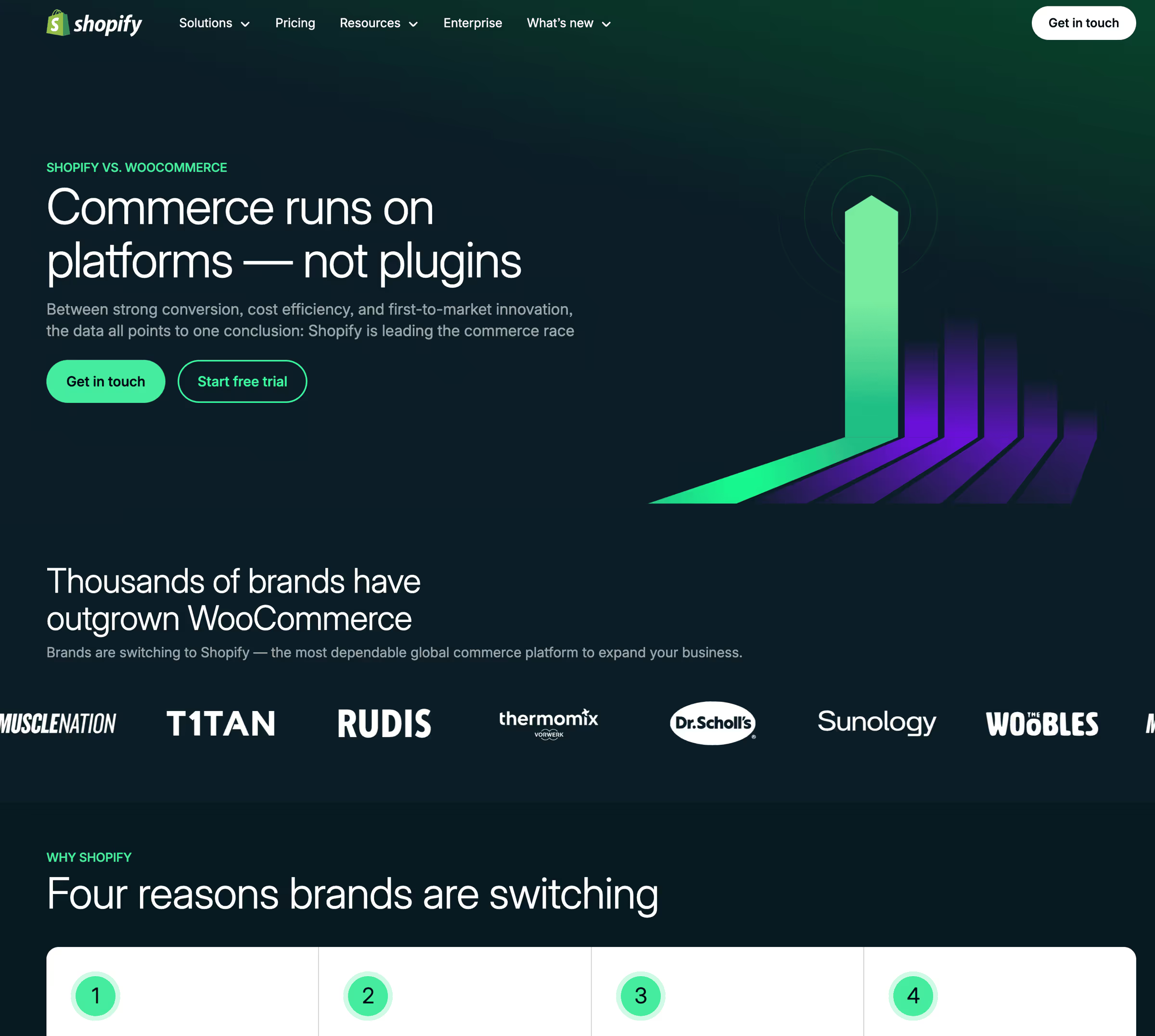
Takeaway: Don't just compare in the ad, go deep and compare yourself to your competitor side-by-side. Highlight your product’s superior features, pricing, or benefits, with a CTA to purchase or sign up.
#3. Pre-Sales Landing Page
Normally marketing advice is focused on reducing the number of steps. Here you're doing the opposite and purposefully putting a page in-between the ad and the product page (or the App/Play Store).
For example, Ritual had a page that tells a story about personalized nutrition, and then links to their product page for vitamins:
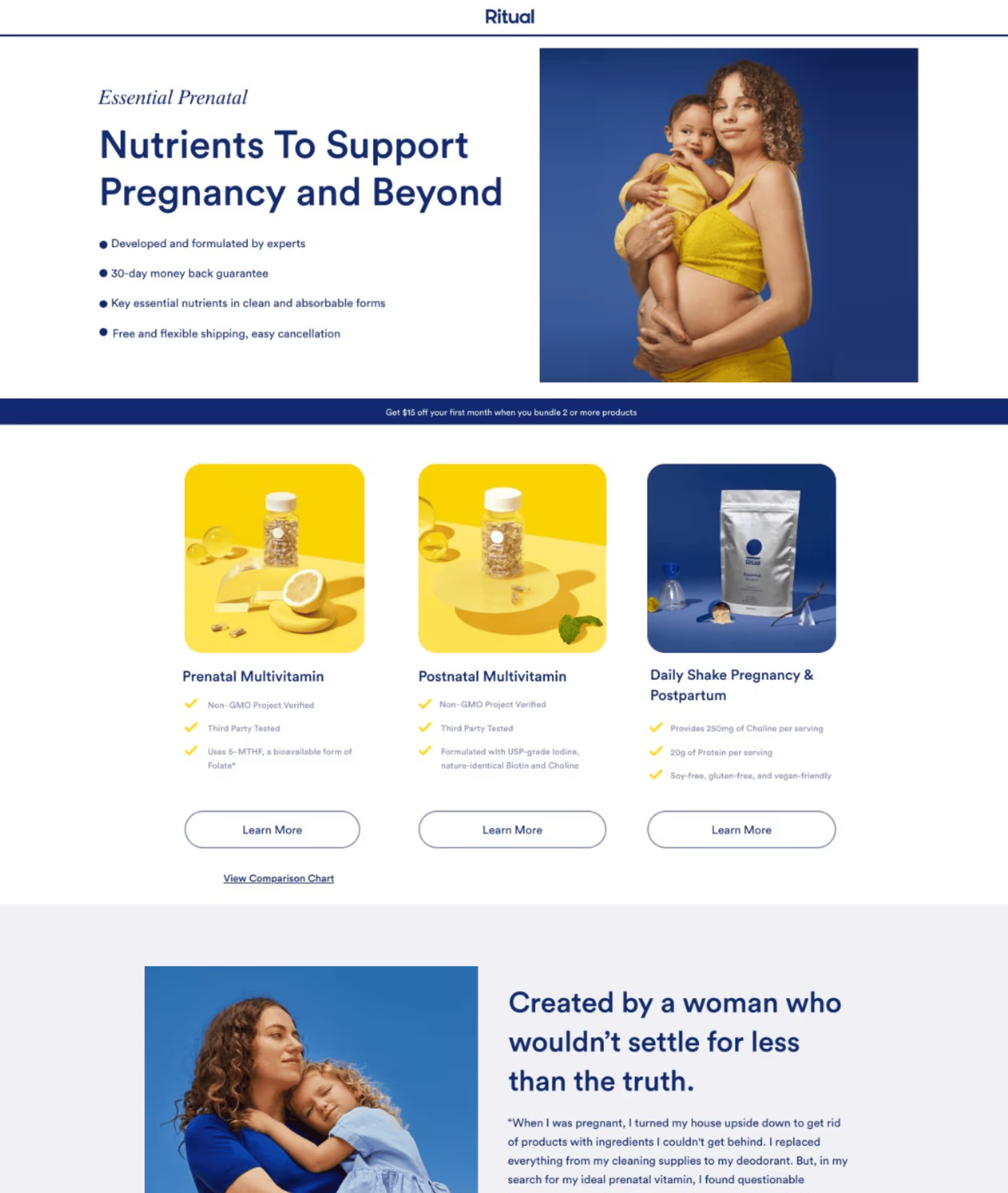
Takeaway: warm up cold traffic with storytelling and persuasive copy to build trust before redirecting to a product page (or App/Play Stores).
Use a narrative-driven approach (pains, product benefits, “why now”), visuals, and a clear CTA to transition to the product page.
#4. Free Trial/Welcome Offer
There's a reason why brands are constantly running promos—they work.
This landing page type's focus is getting them an exclusive welcome offer. For example, here's AG1:

And here an example of an ad they used to get there:
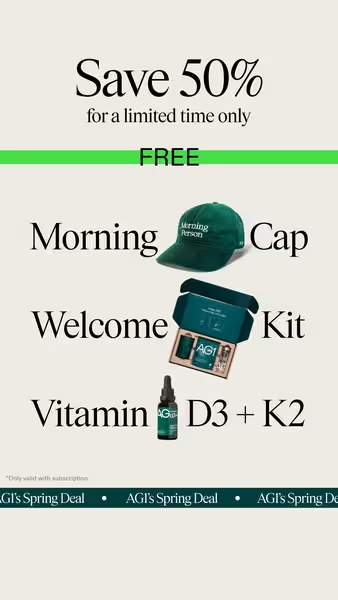
Takeaway: Test an exclusive welcome offer and make a landing page completely dedicated to it.
#5. Quiz Funnel
People hate risk.
A quiz is a great way to reduce the perceived risk in a purchase decision.
This is why bra brands like Third Love have quiz funnels to help you feel more comfortable committing to a purchase:

And here's an ad that links to this quiz.
Takeaway: A quiz funnel works best for products where personalization, education, or tailored recommendations increase conversions.
Here's a comprehensive list of examples.
#6. Advertorial (a.k.a. Blog Post)
Another way to soft sell is to link to a piece of content that educates your audience and introduces your product naturally.
Here's an example from PetLabCo
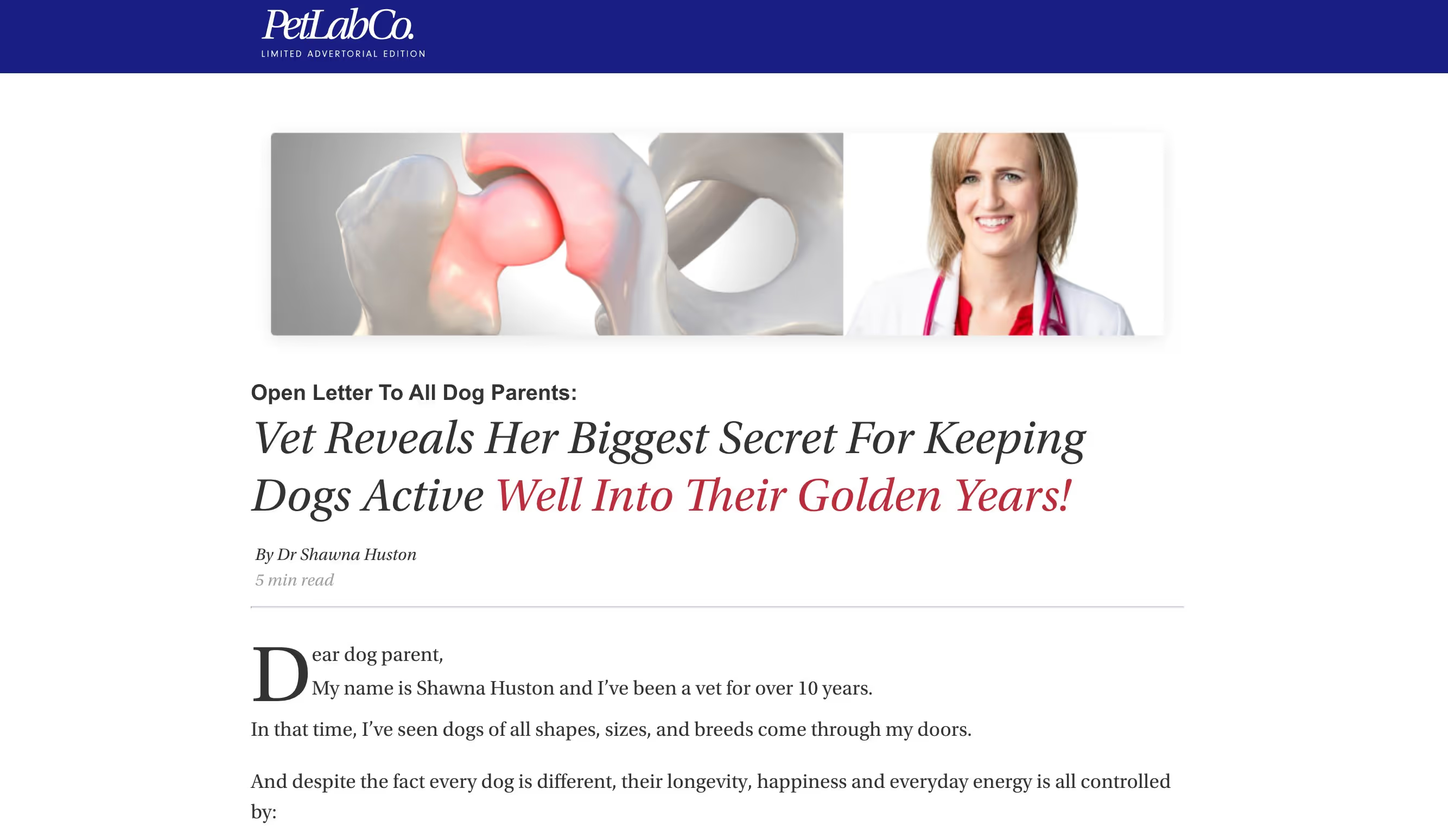
We actually used to do this using my cofounder's old "Growth Guide" (which he's now turned into a Startup Guide on his site).
This guide was a primary driver of both agency leads and Growth Program students for 2+ years.
Because it had proven itself to generate leads, we sent both cold and retargeting traffic to it—which worked quite well.
Takeaway: Optimize the content for SEO and it can work both organically and for ads.
#7. Listicle
A listicle is one of the 10 primary types of content that is quite similar to an advertorial but it's more directly product focused.
Generally best used for retargeting since it is more of a hard sell.
A listicle, as the name implies, is a list of things (reasons, tools, ways).
Here's an example from baby food brand Yumi:
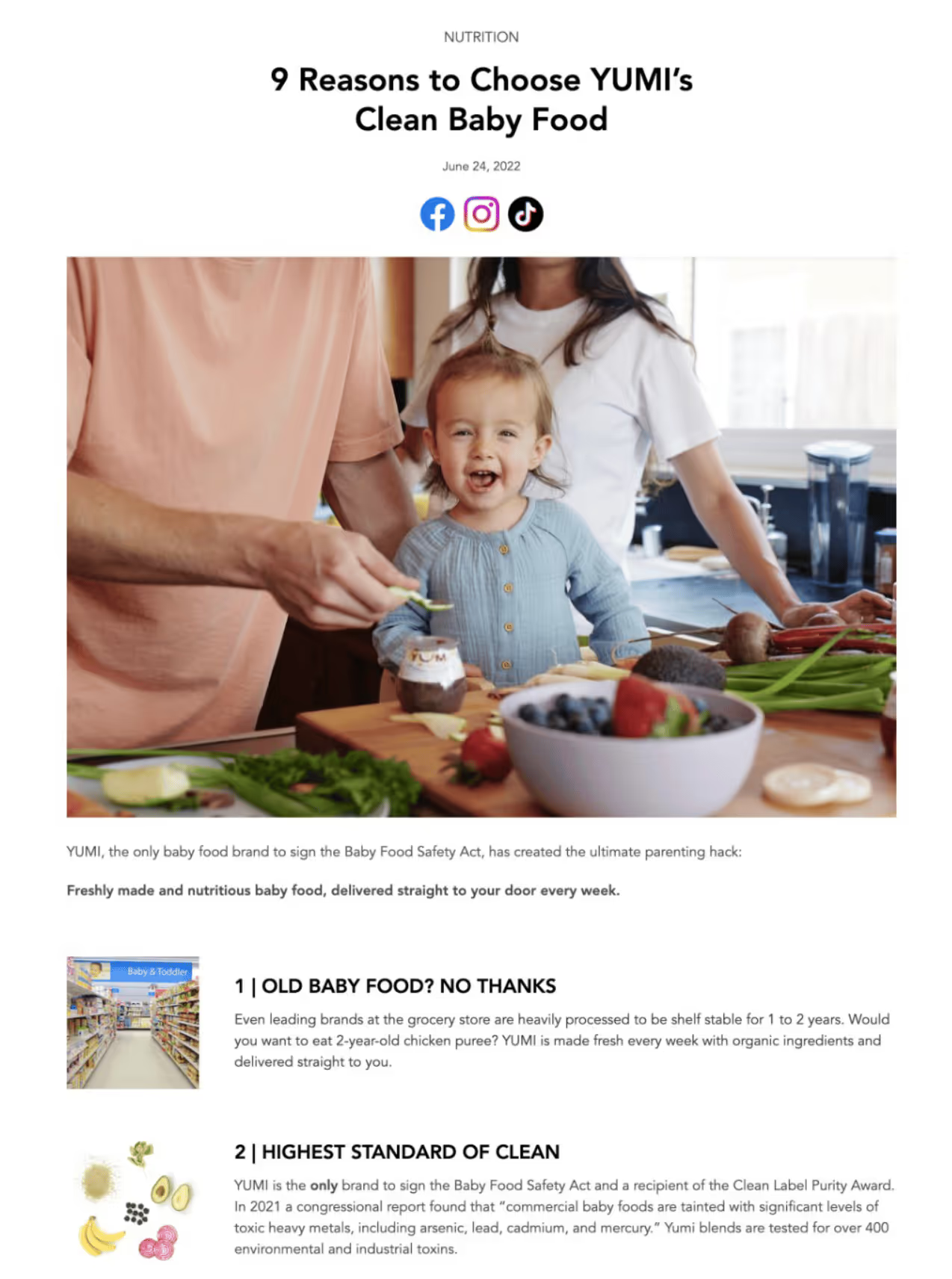
A classic listicle style is to compare the "best X tools" and then you include your own tool and present it as the best. Here the listicle that Kit/ConvertKit made about the 13 best newsletter tools that conveniently ranks Kit first.
A few other rapid fire ideas:
Match the copy/imagery to the ad: A super simple hack is to simply tweak the copy and images on the landing page to match the ad copy and creative. Matching landing page copy to the keywords used on Google Ads is a classic tactic.
- Influencer: If you have a famous customer, affiliate, or super fan (and you have their permission), you can highlight them on the page.
- Demo video: Make the page's focus an in-depth demo of your product or service.
- Flash sale/limited promo pages: Make custom landing pages highlighting short-term promos.
- Super minimal: Try a hilariously short and to-the-point page.
- Super long: Try one of those insanely long ClickFunnels-esque landing pages that take 20 minutes to read.
- Social proof: A page where social proof is the star of the show with walls of testimonials, reviews, case studies, and stats.
- Case studies: An advertorial of sorts where it's entirely focused on the results your product/service has achieved for your customers
- No landing page: Lead-gen ads where you collect their contact info directly in the platform can also work wonders.
Start small, expand from there
Don't go out and create all of these right away. Here's how to start:
- Pick one funnel type and create custom ads and landing pages for it.
- Look at your existing top-performing ads and create ads that build off the copy and creative.
Once you see wins, iterate and expand to other funnel types.


